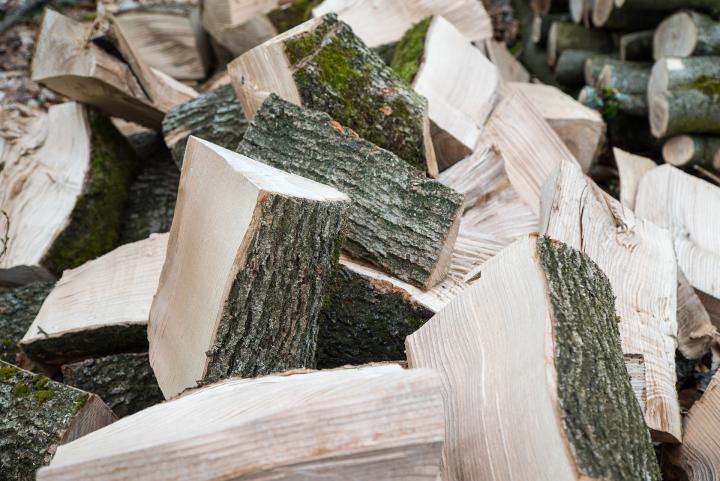Primary Image

Photo Credit
yul38885/Shutterstock
What is the Best Firewood to Burn in your Woodstove?
More Like This
Old man gorse is the best firewood, but it's hard to come by if you don't live in the sticks in a place that was colonized by the British, who introduced gorse as a hedge plant. After that, blue gum. Old man gorse burns so hot, it'll burn out your grates if you're not careful.
I would strongly advise against planting gorse as a firewood crop.
Ultimately, it all really just boils down to what wood type is actually available and either grows in the given area or gets transported in from other areas along with the associated transportation/distance costs involved. It will be what ever you can reasonably afford and is the most sustainable option for your location.
Why isn’t walnut listed?
I burned a lot of black walnut for 13 yrs. in a wood burner with a stainless steel chimney liner because I had a lot that was over groan with 200+ Black Walnut, Cherry and Sycamore Trees. Please let me know if theses listed were very good woods to burn for high heat?
The video was interesting about how a stick of wood could keep you warm. The saying is, it’ll keep you warm three ways. 1) cutting it up, 2) transporting and stacking, 3) burning it. But only in the cooler months. The article mentions burning pine. If green it’s loaded with pitch. Harder to burn and when it does, it’ll accumulate creosote in the chimney, especially if the “smoke” isn’t hot enough. The pitch smoke will accumulate and can cause a chimney fire, I know I’ve had a few. I owned a house built in 1810, no flue liner, just brick, that irregularity will provide places for the creosote to build up. Lived in the house 26 years.
I had 50 acres of woodland in Alton NH much of it was pine, a lot of small standing dead pine, thoroughly dry, no pitch. It was free wood being on my land. I cut it and burned it in the house wood stove, really heated the place. Dead pine burns rapidly and produces high heat with very little ash.
I cut the smaller dead pine and leave the tall ones alone as woodpeckers and other birds find insects / grubs. Besides it harbors more moisture which would need drying. Getting rid of the dead pine opens up the forest to produce better growth for other trees.
It’s also a good wood to burn when making maple syrup in my homemade contraption, high heat and little ash as mentioned.
Burning wood can be interesting , work involvement and pleasureable. If from your property---free.
As an interesting sideline note and history, I’ve been in the south (FL & AL) as a volunteer at a state park (stay free) cutting the southern pine. Those trees have so much pitch in them that when cutting the chips stick to your pant legs. About a half hour after falling, there’s a puddle of pitch on the stump. In the past they made turpentine from the pitch in burning the trees in “tar kilns” Spiral grooves were cut into the bark with a bucket to collect the pitch This is similar to collecting rubber tree sap in Asian countries. Some Tar klins remain around and scars on some trees. For info: https://storymaps.arcgis.com/stories/a2c9c1d4738c499bb540297631382dbd
I wouldn’t burn this type of pine for heat.
Thank you Tom for your response.
I appreciate you sharing your knowledge & experience.
I own 10 acres of mixed forest with several stands of pine. Ancient, massive trees (I’ve been collecting globs and globs of pitch) as well as young and struggling.
As I am learning my land & it’s multiple mini and micro ecosystems, I’m seeing so much rot. Brown rot in some places, flushes of Honey mushrooms on another (soft rot?).
Evidence of Asian Jumping worms near the oaks,elms,beech, alder. Very little near the pines.
I digress.
I have been concerned about burning the pine limbs and sticks but your comment really helps.










Comments